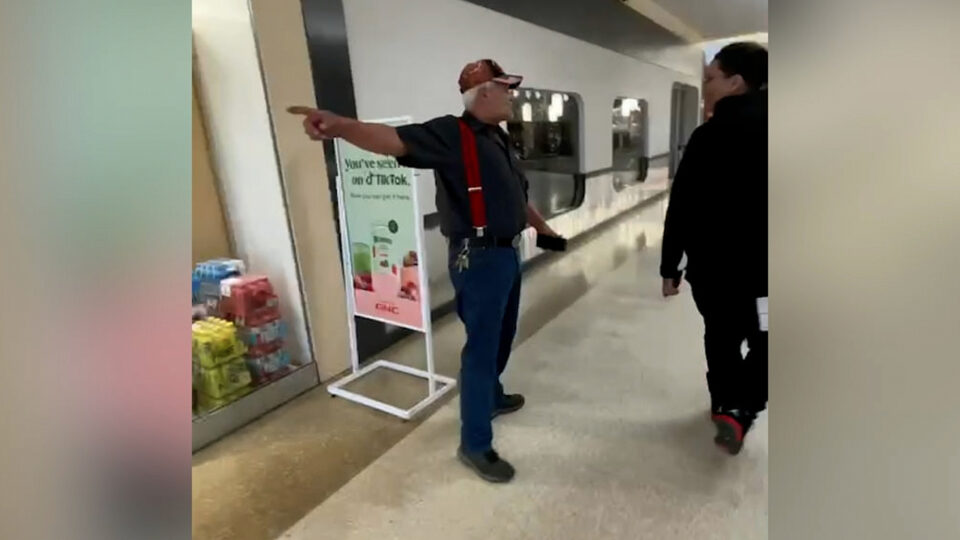Dec 19, 2016 | By: Lakeland News
State’s Fatal Work-Injuries Increased in 2015
According to a press release published by the Minnesota Department of Labor and Industry, a total of 74 fatal work-injuries were recorded in Minnesota in 2015, an increase from 62 fatal work-injuries in 2014 and 69 fatal work-injuries in 2013.
The 2015 total is above the average of 66 cases a year for 2010 through 2014. Minnesota’s 2015 fatal injury rate is 2.7 fatalities per 100,000 full-time-equivalent workers; the 2014 rate was 2.3 fatalities per 100,000 full-time-equivalent workers. These and other workplace fatality statistics come from the annual Census of Fatal Occupational Injuries (CFOI), conducted by the Bureau of Labor Statistics, U.S. Department of Labor.
Nationally, there were 4,836 fatally injured workers in 2015, similar to the final 2014 count of 4,821 workers. The 2015 national rate is 3.4 fatalities per 100,000 full-time-equivalent workers, the same as the 2014 rate.
The CFOI also provided the following statistics for Minnesota’s workplace fatalities during 2014.
Industries
- Agriculture, forestry, fishing and hunting recorded the highest number of worker fatalities, with 23 cases, an increase from 21 cases in 2014. The fatal injury rate in this industry sector is 16.9 fatalities per 100,000 full-time-equivalent workers.
- Construction had the second-highest number of fatalities, with nine cases, compared to seven cases in 2014. The fatal injury rate in this industry sector is 5.0 fatalities per 100,000 full-time-equivalent workers.
- Manufacturing and administrative and waste services each had seven fatally injured workers, the third-highest counts.
Types of incidents
- Transportation incidents accounted for 31 fatalities, the most for any incident type. Twelve of these fatalities occurred in the agriculture, forestry, fishing and hunting industry sector and four fatalities occurred in transportation and warehousing. There were 25 transportation incident fatalities in 2014 and 34 in 2013.
- Contact with objects and equipment was the second most frequent fatal work-injury event in 2015, with 17 fatalities. Most of these cases involved the worker being struck by an object or equipment. There were 14 fatalities cause by contact with objects and equipment in 2014.
- Thirteen of the fatalities were due to falls, with three in construction. There were nine fatalities due to falls in 2014.
- There were seven fatalities resulting from violence in 2015, compared to eight fatalities in 2014 and six fatalities in 2013.
Worker characteristics
- Men accounted for 60 of the 74 fatally injured workers in 2015. The 14 fatally injured female workers was the highest CFOI count in Minnesota since the inception of the program in 1992.
- Workers age 55 and older accounted for 36 fatalities, with 13 of these fatalities in the agriculture, forestry, fishing and hunting industry sector.
- Self-employed workers accounted for 34 fatalities, including 20 fatalities to workers in agriculture, forestry, fishing and hunting. There were 27 fatalities to self-employed workers in 2014.
Minnesota OSHA fatality investigations
Minnesota OSHA (MNOSHA) Compliance workplace fatality investigation statistics differ from CFOI. MNOSHA Compliance investigates all employee deaths under its jurisdiction that result from an accident or illness caused by or related to a workplace hazard. In federal-fiscal-year 2016, MNOSHA Compliance investigated 15 workplace fatalities. The CFOI numbers include Minnesota workplace fatalities caused by traffic accidents, airplane crashes, mining accidents, farm accidents and accidents to the self-employed, federal workers and railroad workers, none of which are covered by MNOSHA enforcement.
CFOI program
The CFOI, part of the Bureau of Labor Statistics’ occupational safety and health statistics program, provides the most complete count of fatal work-injuries available. Workplace fatalities due to illnesses are not included.
The program uses diverse data sources to identify, verify and profile fatal work-injuries. Information about each workplace fatality (occupation and other worker characteristics, equipment being used and circumstances of the event) is obtained by cross-referencing source documents, such as death certificates, workers’ compensation records, and reports to federal and state agencies. This method assures counts are as complete and accurate as possible. The Minnesota Department of Labor and Industry collects the information about Minnesota’s workplace fatalities for the CFOI.
Minnesota 2015 CFOI tables are available www.dli.mn.gov/RS/StatFatal.asp. National data from the CFOI program is available at www.bls.gov/iif/oshcfoi1.htm.







